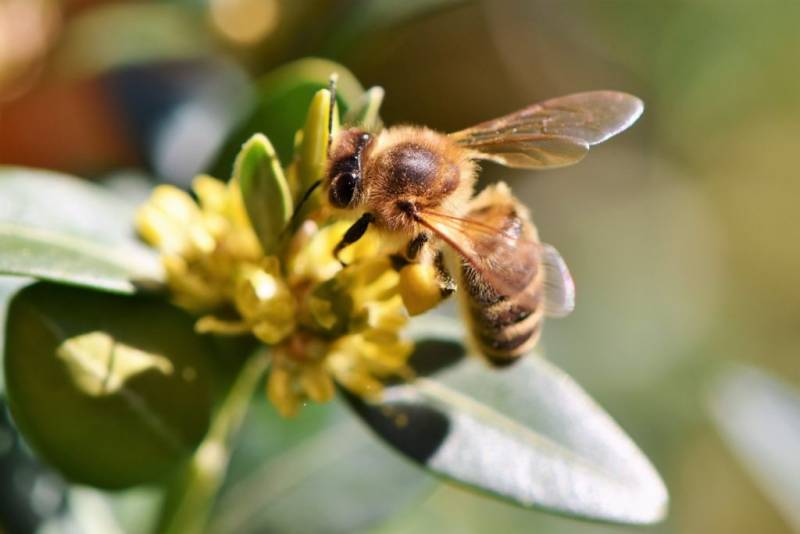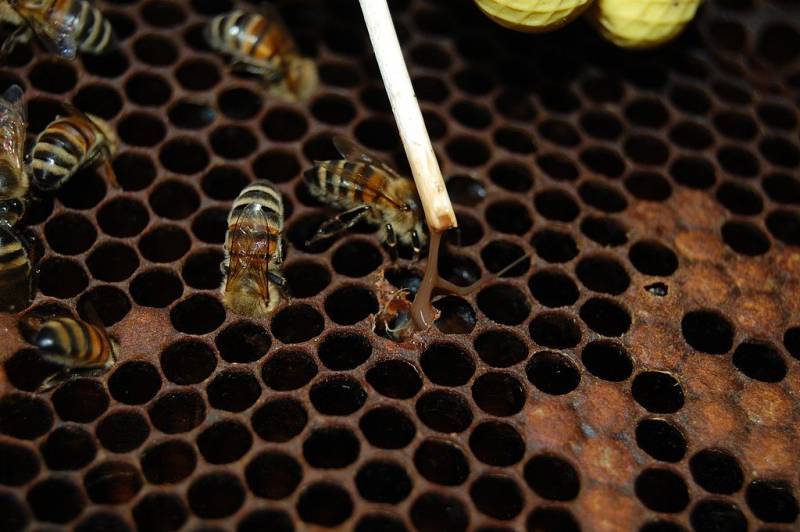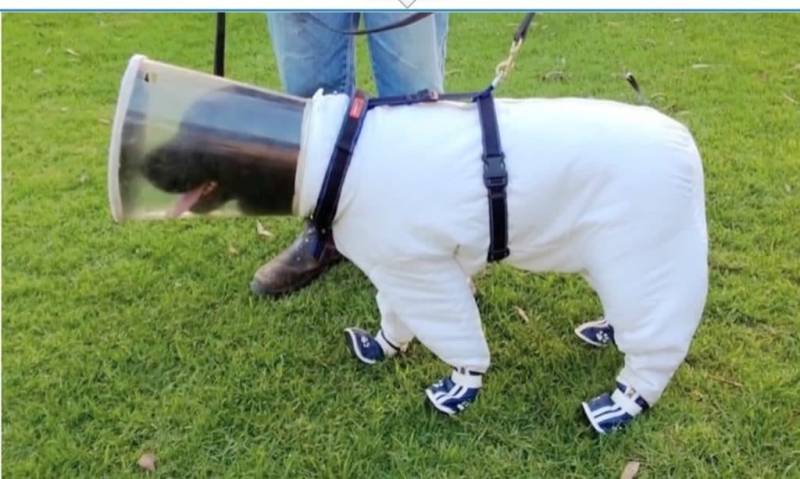Содержание
If you’ve read the news at all in the past ten years, you know that honeybees are facing a lot of threats. And that isn’t just bad news for honey lovers. Pollinating insects are key to the food chain, and a key to our survival. This is why people are pulling out all the stops to save the bees. And they’re coming up with some ingenious ideas.
Threats to Honeybees

There are four main threats to bees today. Only four? That doesn’t sound so bad. But it is bad. Bees pollinate 70 percent of the crops that humans eat. Besides, bees are responsible for $30 billion a year in crop reproduction. If we lose the pollinators, we lose the plants that need them. And then we lose the animals that eat those plants. If we lose the bees, many people believe that we could go extinct as well.
Pesticides
Pesticides, especially neonicotinoids, cause two kinds of damage. First, they kill bees directly. They also contaminate the pollen that bees bring back to the hive to feed their young. Also, even if they don’t kill the bees, some insecticides harm the bees’ ability to navigate. This means that they can’t find food, or find their way back to the hive.
Habitat Loss

As humans expand their territory, other species are pushed out. This includes bees. People may trample ground-nesting bees or destroy the specific soil that they need. Road traffic also degrades their habitat. Human expansion also harms the plants and environment that bees need to nest, feed, forage, and bed down in the winter.
Climate Change
Changing temperatures and rainfall affect all species, including bees. Warming temperatures may drive plants northward into territories that aren’t as bee friendly. It may also drive warmer weather bee populations into competition with cooler weather populations. And this could result in some bee populations declining.
Diseases and Parasites

In recent years, various diseases and parasites have affected bee colonies. Some of these include the parasitic Varroa Destructor Mite, Colony Collapse Disorder, and American Foulbrood Disease.
And it’s here where our story begins.
This Dog Can Sniff Out Bee Disease

You may have heard of cancer-sniffing dogs. Dogs who can predict seizures or detect low blood sugar are becoming commonplace. These animals use their amazing sense of smell to detect when something is wrong. And it saves lives. But can a dog sniff out diseases that can decimate a bee colony? This one can!
Bazz is a Labrador Retriever in Australia. Human beekeeper Josh Kennet realized that Bazz could detect American Foulbrood, a disease that is wiping out bee colonies all over Australia. In the past, the only way to detect the disease was to view it under a high powered microscope. But Bazz demonstrated that he could identify the disease a new way — by smell.
American Foulbrood Disease
American Foulbrood comes from a bacterium that forms spores. The spores infect the bees’ food, and the bees feed the infected food to their young. The spores germinate and multiply inside the baby bees. The infection can kill whole hives. Most commonly beekeepers unknowingly transmit the spores from hive to hive. Bees who “rob” dying hives can also carry the infection back to their own hives. All hives that contract the spores will eventually die. And the spores are generally resistant to disinfectants.
It took a long time and a lot of effort to train Bazz as a Foulbrood Sniffing Dog. But Kennet put in the time. And now Bazz is saving bee lives.
And Look at His Little Beekeeping Suit!
The only problem with this solution was that Bazz kept getting stung! So what’s a beekeeper to do? Kennet made him his own custom beekeeping suit! It took Bazz a little while to get used to the suit, the helmet, and the boots. But now he wears it like a pro.
You can watch Bazz in action in the video below.
Featured Image: CC0 by Business Helper, via Pixabay










